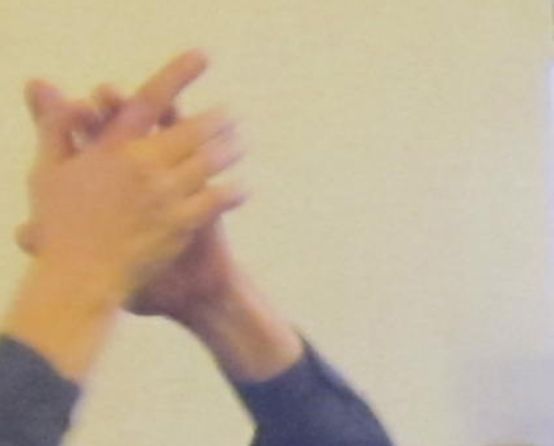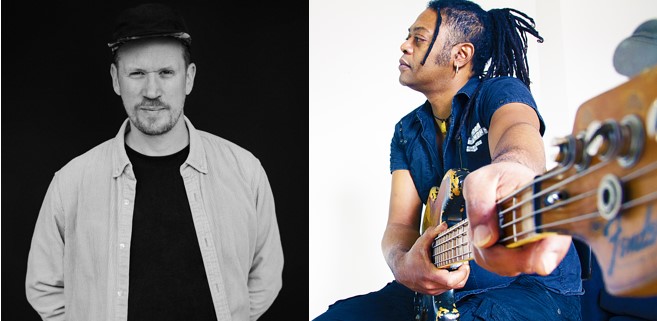Feel the Rhythm - Rhythm on the piano
This was the title of the autumn congress of the European Piano Teachers Association Switzerland held in St. Gallen on the weekend of November 17 and 18, 2012.

The opening presentation Music as art of timet was developed by Roland Moser held. He began by quoting St. Augustine, who, when asked about time, replied that both the past in the form of memories and the future in the form of ideas represent an all-encompassing present. He then traced an arc from the attempt to translate tonal relationships into rhythmic relationships to an analysis of the rhythm of harmonic changes based on a 14-bar dominant field in Beethoven's Forest Stone Sonata and thus impressively demonstrated the complexity of the phenomenon of rhythm.
In the afternoon, the first topic was tempo rubato on the program. Jesper Christensen used many old recordings by performers from the late 19th and early 20th centuries in comparison with new recordings to reveal the rhythmic and tonal subtleties of the interpretation tradition before the First World War: uneven quavers, agogic shaping of phrases, prolongation of accented notes, etc. The sound examples were supplemented by many descriptions in practical performance texts. Mention was also made of Bach's E major Invention, the rhythm of which could be understood as a written-out rubato in the right hand. It was just a pity that the opportunity was not taken to put this important example for piano teachers into practice on the piano or to try out different variations.
In the next presentation Promoting rhythmic experience on the piano from Tobias Schabenberger Both theoretical considerations and teaching practice came into play. Based on the etymology of the root word "rit", which means order, law as well as flow, movement, he used many examples from the teaching literature to explain that it is not so much intellectual explanations of note values as physical feeling and movement that promote pupils' rhythmic competence. The fact that he demonstrated this very imaginatively in two teaching sequences with pupils was very beneficial for the participants as an inspiration for everyday teaching.
In terms of practical relevance, the Sunday morning with the topic Body percussion an ideal continuation. This time, after an introductory presentation by Andreas Gerber the participants themselves become practitioners. Reinforced by Karin Enz-Gerber The next step was to learn rhythmic patterns in two groups using sounds produced by the body. It was amazing, but also amusing, to see how we professionals at the piano quickly reach our limits as soon as the sequences become a little more complex.
At this congress, the Board once again succeeded in inviting two young graduates of the Music Education Master's program to present their theses in the "Podium", which has become a tradition. Rebekkah Läuchli spoke on the subject Játekók, pedagogical aspects of the series by G. Kurtág and Annette Philipona about Teaching musical terms.
The topic of rhythm in jazz was not missing from the congress program. Andreas Meili was also able to captivate the participants on Sunday afternoon with his carefully structured presentation, which included many sound examples. He circled around the rhythmic phenomena of "swing" and "groove" and reminded the audience of the multifaceted nature of the phenomenon of tempo rubato with the subtlety of the phenomena presented.
Not to go unmentioned is the General meeting Saturday afternoon, at the Brigitte Bernhard was bid farewell as President after 7 years in office. Proposed by the Board as her successor and elected by the members present Jean-Jacques Dünki took over as President and moderated the final discussion on Sunday in his new role.
Whether you took part in the congress from start to finish or just picked out a few raisins, the congress provided inspiration for your own artistic practice and teaching.








